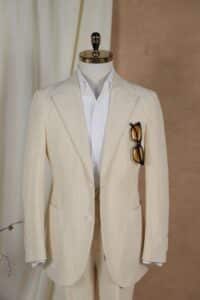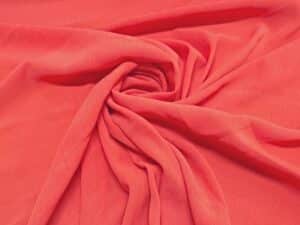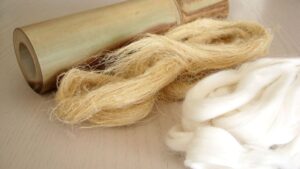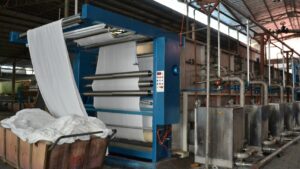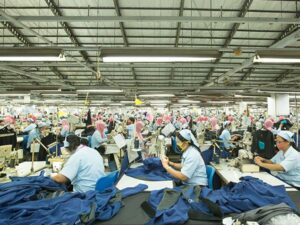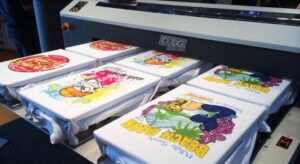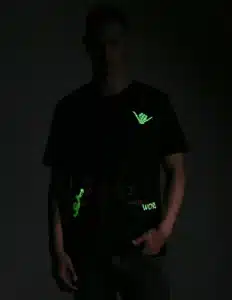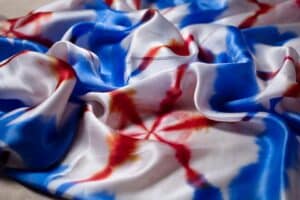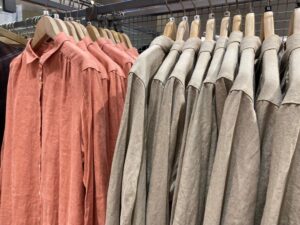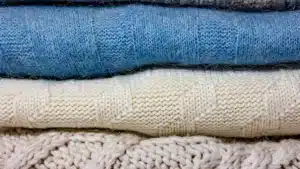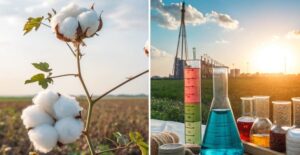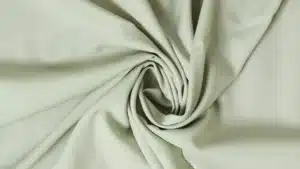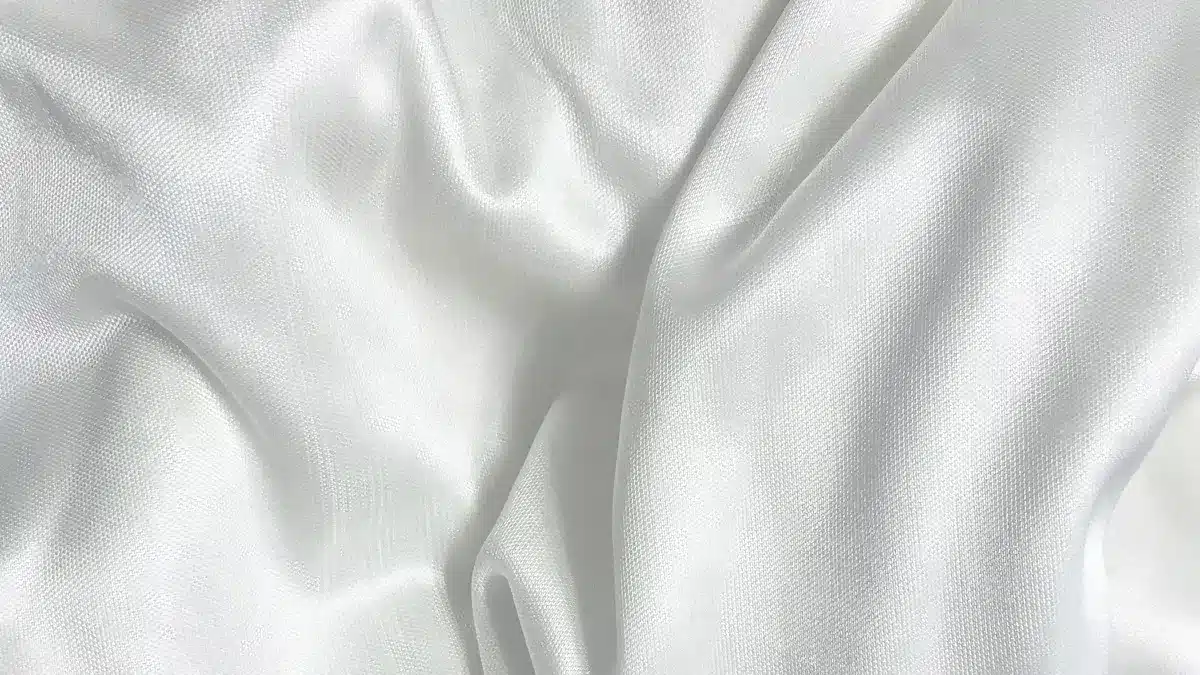
Rayon fabric combines natural and man-made features. It is popular in clothing and textiles. By 2033, it may grow to $20 billion, rising 5.3% yearly.
This partly man-made material comes from wood pulp. It is soft, breathable, and very useful compared to many other fabrics.
Key Takeaways
Rayon fabric is part natural and part man-made. It is soft, airy, and works for many clothing styles.
There are different kinds of rayon, such as Viscose, Modal, and Lyocell. Lyocell is the best for the environment because it is made in a greener way.
Taking care of rayon helps it last longer. Wash it in cold water, don’t dry it too much, and keep it stored alone to keep it nice.
What Is Rayon Fabric?
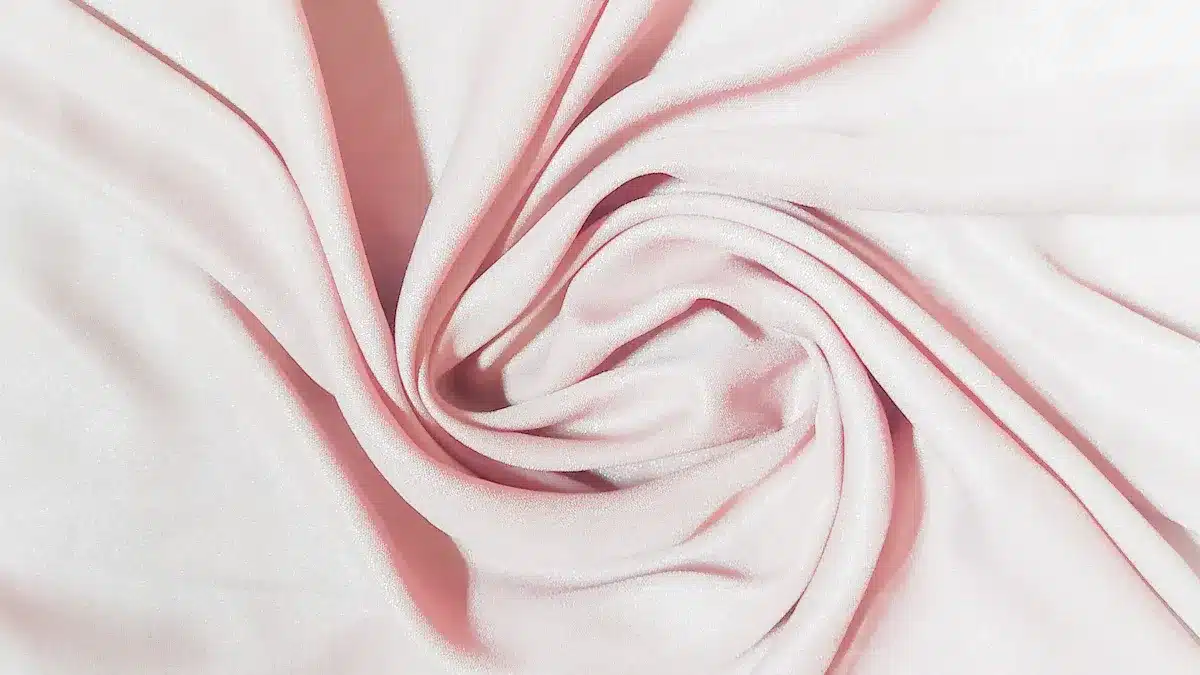
Definition and Characteristics
Rayon is a fiber made from plant-based cellulose. It mixes the softness of natural fibers with the usefulness of synthetic ones. Rayon can feel like silk, wool, cotton, or linen. This makes it great for many uses, like clothes and home items.
In Chinese, we call Rayon as 人造纤维(rén zào xiān wéi) or 人造丝(rén zào sī), those literally mean man-made fiber or man-made silk.
Here’s a simple look at its features:
Property | Description |
|---|---|
Comfort Properties | Feels soft and smooth, like natural fabrics. |
Drape and Slipperiness | Hangs nicely, similar to nylon. |
Dyeing | Can be dyed in bright colors, perfect for fashion. |
Insulation | Good for hot weather since it stays cool. |
Durability | Regular rayon is weaker when wet, but HWM(High Wet Modulus) rayon is stronger. |
Care Requirements | Regular rayon needs dry cleaning; HWM rayon is washable. |
Rayon absorbs moisture well and feels cool, so it’s great for hot weather. But it doesn’t stretch back to its shape easily.
Why It’s Called Artificial Silk
In the 1800s, rayon was called "artificial silk" because it looked like silk. It was made to be a cheaper option than real silk. But people thought it was a bad copy of silk. In the 1920s, it was renamed "rayon" to show its special qualities. The new name helped people see it as unique, not just fake silk.
How Is Rayon Fabric Made?
The Production Process
Rayon starts as cellulose from plants like trees or bamboo. This cellulose changes into soft, silk-like fibers through chemicals. The process has four main steps:
Cellulose Extraction: Plants like cotton linters or bamboo provide cellulose.
Chemical Treatment: Chemicals like sodium hydroxide turn cellulose into a thick liquid.
Spinning: The liquid is pushed through small holes to make fibers.
Finishing: Fibers are cleaned, bleached, and dried for smooth texture.
Making rayon uses machines and chemicals. It also needs careful checks for quality.
Feature | Details |
|---|---|
Raw Materials | Cellulose, sodium hydroxide, carbon disulfide |
Plant Machinery | Spinnerets, chemical baths, drying machines |
Environmental Impact | Uses lots of water and creates carbon emissions |
Packaging | Needs eco-friendly materials to cut waste |
Rayon production uses much water and releases carbon dioxide. For every kilogram of fabric, it uses 10 liters of water and creates 10-20 kg of CO2. Recycling systems can lower these numbers by half.
Types of Rayon (Viscose, Modal, Lyocell)

Rayon has three main types, each with special features:
Viscose Rayon: This type is soft and smooth, great for clothes. But its production harms the environment with toxic waste.
Modal Rayon: Modal is stronger and keeps its shape better. It’s used in sportswear and bedding.
Lyocell Rayon: Lyocell is the most eco-friendly. It recycles water and chemicals during production. It’s breathable and good for hot weather.
Each type has pros and cons. Think about the environment when picking rayon products.
Unique Properties of Rayon Fabric
Softness and Silk-Like Feel
Rayon feels soft and smooth, like silk. This makes it great for clothes and home items. It’s perfect for dresses, blouses, and scarves. Rayon doesn’t bother your skin, so it’s comfy to wear all day.
Rayon also hangs nicely. It flows beautifully, making outfits look stylish. Whether it’s a fancy dress or casual clothes, rayon adds elegance.
Breathability and Moisture Absorption
Rayon lets air move through easily. This keeps you cool in hot weather. It’s a smart pick for summer clothes or workout gear. Loose weaves help air flow better, giving extra ventilation.
Rayon also absorbs sweat quickly. It keeps your skin dry and fresh. Looser fabrics move moisture faster, making them even more useful. Rayon’s breathability and sweat-wicking make it great for warm climates.
Lightweight and Drapability
Rayon is very light, so it’s comfy to wear. You’ll hardly feel it on your skin. Its lightness helps it hang smoothly, creating flowing lines in clothes.
Rayon works for casual and fancy designs. It’s good for summer dresses or evening gowns. It can look like silk or cotton, making it stylish and useful. With rayon, you get comfort and style in one fabric.
Advantages and Disadvantages of Rayon Fabric
Benefits (Comfort, Versatility, Affordability)
Rayon has many good qualities, making it a favorite for clothes. It feels soft and smooth, like silk, giving great comfort. This makes it perfect for dresses, scarves, and blouses. It’s gentle on the skin, even if worn all day.
This fabric is very flexible. It can look like silk, cotton, or linen. You can use it for casual outfits or fancy clothes. It’s great for summer wear or stylish evening gowns. Its ability to breathe and absorb sweat makes it ideal for hot weather.
Rayon is also affordable. It feels fancy like silk but costs much less. While it’s pricier than cotton, its special features often make it worth the cost.
Metric | Rayon | Cotton |
|---|---|---|
Softness | Softer and smoother feel | Not as soft as rayon |
Breathability | Better for hot weather | Also breathable |
Durability | Weaker, may shrink or wrinkle | Stronger, good for daily use |
Cost | Costs more than cotton | Cheaper than rayon |
Higher due to chemicals used | More eco-friendly |
Drawbacks (Durability, Care Requirements, Environmental Concerns)
Rayon does have some downsides. It’s not very strong, especially when wet. Regular rayon can tear or weaken with frequent washing. HWM(High Wet Modulus) rayon is stronger but may not feel as soft.
Taking care of rayon can be tricky. It often needs dry cleaning or gentle hand washing. If not handled carefully, it can shrink or lose its shape. This makes it harder to maintain.
The environment is another concern. Making rayon uses harmful chemicals like sodium hydroxide. These chemicals can hurt workers and pollute nature. Cutting trees for wood pulp also harms forests and wildlife.
Old methods release toxic waste into air and water.
Rayon production uses a lot of water, which wastes resources.
Cutting trees for rayon damages soil and adds carbon pollution.
Newer methods, like Lyocell, are better for the planet. But they are not used everywhere yet. Knowing these issues helps you choose rayon products wisely.
Is Rayon Fabric Sustainable?
Environmental Impact of Production
Making rayon fabric affects the environment in different ways. The impact depends on the type of rayon and how it’s made. Viscose rayon often harms forests because wood pulp comes from bad logging practices. Modal rayon can be better for nature, but it depends on the producer. Lyocell rayon, like Tencel™, is the most eco-friendly. It uses systems that recycle water and chemicals, cutting waste and pollution.
Think about how rayon is made before buying it. Choosing Lyocell rayon helps protect the environment. It supports cleaner methods and saves forests and wildlife.
Eco-Friendly Alternatives
If you want greener options, try other fabrics instead of rayon. Lyocell rayon is a top pick because it’s made with eco-friendly steps. Bamboo rayon is another choice, but make sure it’s responsibly sourced. Organic cotton and hemp are also soft and breathable without rayon’s environmental issues.
Sustainable brands often label their products clearly. Look for certifications like OEKO-TEX® or FSC® to ensure eco-friendly practices. These labels help you choose wisely and support better manufacturing.
Tips for Sustainable Use
You can make rayon last longer and lower its impact by caring for it properly:
Wash rayon in cold water with gentle soap.
Don’t over-dry it to keep fibers strong.
Store rayon clothes separately to protect them.
A study showed 75% of shoppers care about sustainability. For Gen Z, 90% prefer eco-friendly brands. By following these tips, you help the planet and support green values.
Rayon fabric mixes natural and man-made features. It is soft, breathable, and very useful. People like it for clothes and home items. But it needs special care and can harm the environment. Eco-friendly methods, like Lyocell, are better for nature. Knowing rayon’s traits helps you pick wisely for your wardrobe and home.
FAQ
What makes rayon different from cotton?
Rayon feels softer and smoother than cotton. It drapes better and absorbs moisture more efficiently. However, cotton is more durable and easier to care for.
What is the best way to wash rayon?
Hand wash rayon in cold water with mild detergent. Avoid wringing or twisting the fabric. Lay it flat to dry to maintain its shape.
What are the most eco-friendly types of rayon?
Lyocell rayon, like Tencel™, is the most eco-friendly. It uses closed-loop systems that recycle water and chemicals, reducing environmental harm.

